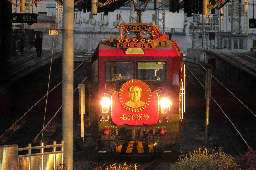Built in 1975 the Morgantown Personal Rapid Transit system, or WVU PRT, is 5.8 kilometers (3.6 miles) of track for a driverless pod to travel to various stations throughout Morgantown, though mostly focused on the West Virginia University campuses. Depending on high or low demand the system operates differently. At high demand, it will operate on a schedule, but at lower demand, it will have to be called directly by the passenger. It also has a circulation mode where the pods travel and stop at all stops, much like a bus service.
It was built in an attempt to prove that systems better than mass public transit were possible and cheaper, and also with political pressure from West Virginia Senator Robert Byrd. Despite this claim, the original budget of $15-20 million was soon surpassed as the project costs hit about four times that at $62 million, and was years behind schedule. A 1978 expansion of the system brought the total cost of the project up to $130 million.
It has a reported daily ridership of around 16,000 people, rather impressive for a city of 30,000 and a metropolitan area population of 130,000. A peak of double this average was recorded in 2005.
The politics and reasons for building this system seem similar to those of Elon Musk's Tesla tunnels in Las Vegas but from almost 50 years ago. Are we likely to see this type of transit system once again die off, or will advanced technologies allow for these more "personal" transit systems to finally take off? Successful prototype or still just worse than a bus/train? At $2 a trip maybe it's worth a go.
PRT is gadgetbahn bullshit, but the Morgantown PRT does actually work. It's just a waste of money to built PRT when you could just install a small metro instead.

